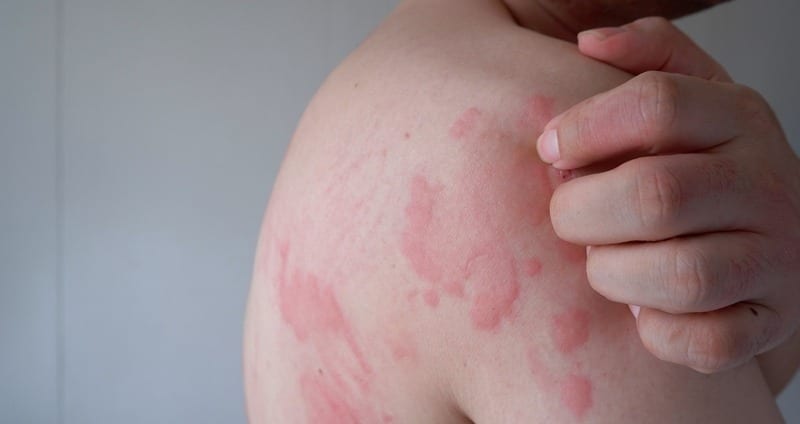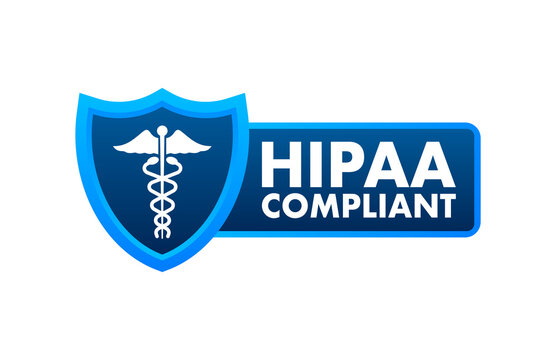We’ve all been there-you’re getting out of the shower, and suddenly you notice this weird patch of red, bumpy skin that definitely wasn’t there yesterday. Your mind starts racing. Is it something serious? Should you call your doctor? Or are you just overreacting? Before you spiral into total panic mode, take a deep breath.
This guide will walk you through exactly what to look for with skin rashes, when to stay calm, and-most importantly-when you need to get checked out ASAP. No medical degree required-just practical advice from someone who’s been down the mysterious rash rabbit hole.
Table of Contents
ToggleNot All Rashes Are Created Equal
Let’s discuss skin irritations-an experience we have all shared but often comprehended poorly. Not every red, itchy patch demands our immediate attention. For the most part, our skin is simply in a state of temporary turmoil: possibly from a new laundry detergent, an encounter with some plants, or even a non-pathological amount of stress.
Consider your body’s alarm system. Occasionally, it alerts you to a minor issue, like a cat that sets off your home security system. More often, it signals something much more serious. What your skin does is a normal reaction. It might morph into mild redness, slight itching, or a small patch of bumps that disappear in a few days.
Responses to allergens generally appear distinct. They are usually more powerful-imagine the intensity that is bright red, exceptionally itchy, and liable to spread with gusto. A reaction to poison ivy might produce those infamous fluid-filled blisters, while a benign heat rash manifests as a series of small, perfectly formed bumps.
Red Flags: When Your Rash Might Be Serious
Here’s something that a lot of people don’t understand: some symptoms of a rash are your body’s way of urgently telling you to get professional medical attention. If you’re having any of these, it’s time to quit playing doctor and start seeing an expert at Insight Urgent Care:
- Rash extending over significant parts of your body
- With fever
- Rapidly spreading
- Very painful blisters or open sores
- Infection indicated by warmth, extreme tenderness, or pus
What does this mean for you? Don’t panic, but don’t ignore skin changes that are persistent or aggressive. Your body is attempting to tell you something very important.
Common Rash Scenarios and Quick Fixes
Summer presents its own array of skin problems. Heat rash, for example, is very prevalent—those little, prickly bumps that appear when sweat gets trapped under your skin. The solution? A cool environment, loose garments, and keeping the afflicted area dry.
Another common cause is rashes from plants like poison ivy. If you’ve recently been hiking or gardening and now have an itchy rash, immediately wash the affected area with cool water and mild soap. Calamine lotion will be helpful in reducing itching and inflammation.
Hey, parents! It’s pretty much a given that your child’s going to have some rashes while growing up. The vast majority of those are no big deal-they’re caused by things like heat or harmless allergies. But lots of parents don’t know that and don’t know how to tell the stupid worry rashes from the really yikes rashes. I’ve been an ER doc, and I’ve seen both kinds-plenty of the former and a few of the latter.
When to Stop Googling and Start Calling a Professional
Let’s face it: WebMD can take a straightforward rash and transform it in your mind into a potential doomsday scenario. When you converse with a healthcare provider near our location, be precise and unflustered. Prepare narrative threads that are more like:
- The initial appearance of the rash
- Any alterations in dimensions or looks
- Additional symptoms
- Environmental and lifestyle changes
Prevention: Keeping Your Skin Happy and Healthy
Preventing skin issues is always preferable to addressing them after they occur. Knowing your skin type is of great help. For those with sensitive skin, choosing products that are hypoallergenic is key, as is avoiding any very strong or harsh chemicals. Another good piece of advice for maintaining skin health is to stick to a skincare routine that has been tailored to your skin’s needs.
Hydration, sunscreen, and breathable clothing are daily essentials for healthy skin, especially when the weather turns warm and humid. In addition to these tips, pay attention to the unique ways your skin responds to different environments and products. Follow these guidelines, and your skin will glow.
Keep in mind that the majority of rashes are not lasting and can be treated effectively. Of course, you need to keep an eye on things, but panic is not productive. Your body is strong, and with the necessary TLC, it tends to bounce back from most skin maladies in no time.
Final Words
Wrap up with a reassuring message that empowers readers. Remind them that while rashes can be scary, most are totally manageable. Encourage proactive but calm health monitoring.



